There are many fashion brands that shoppers love these days. The popular ones even achieve fame on social media such as Instagram, YouTube, Facebook, and Twitter. Besides, fashion enthusiasts share their delight in wearing this type of clothing pieces. However, we want to know more about it.
In this article, we’re going to talk about fast fashion and how it impacts retail manufacturing. It’s also important to know the sustainable fashion brands as our options.
What Is Fast Fashion?
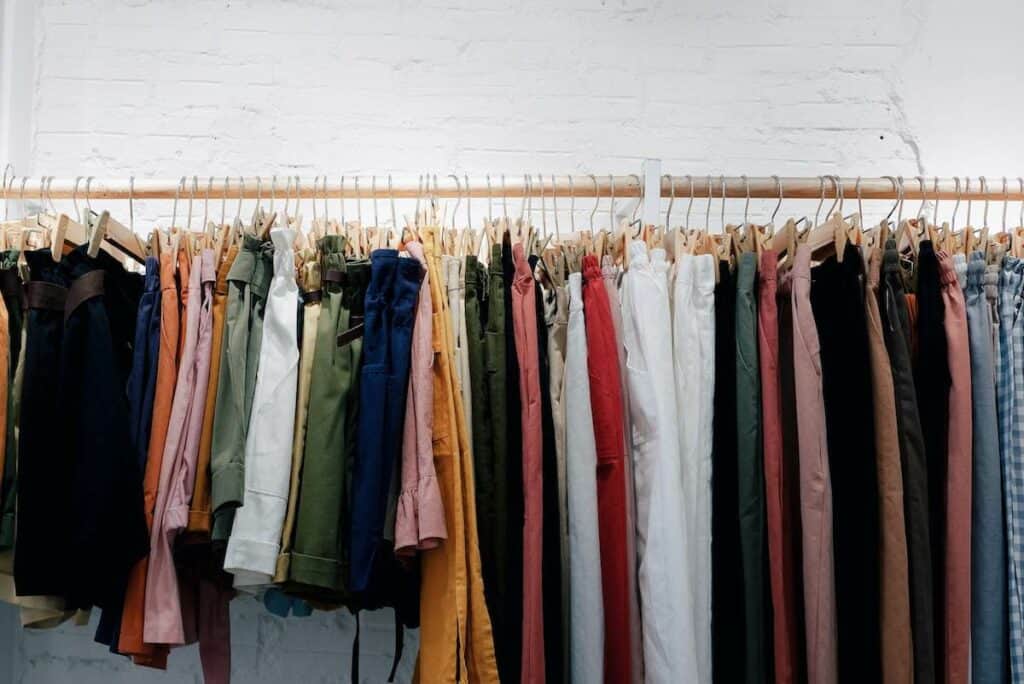
Fast fashion is a term coined to describe the business model in the fashion industry of creating current catwalk trends by copying the designs and mass-producing them at a lower budget. Then, manufacturers bring them to stores in a short turnaround time. The purpose of fast production is to ride on its popularity and the demand of consumers.
Historically speaking, fast fashion started after the 1800s. It happened after changing the creation process of ready-to-wear garments. During the Industrial Revolution, sewing machines were made to produce more clothes as quickly as possible. In addition, textile machines help business people create more types of fabrics to create dresses, pants, and other clothing pieces swiftly.
Later on, modern ways of creating garments emerged in many dress shops. In the past, the usual way of creating a clothing item is by hand. When sewing machines and textile plants were built, making clothes was easier.
Due to easy access to fabrics, many people start building their dress shop businesses. Many entrepreneurs hire dressmakers and helpers to cater to the needs of the middle class. Once the standardized production of clothes is set, everyone gets used to mass-producing clothes.
In the mid-twentieth century, fashion designers work several months before each season to know a customer’s preferences when it comes to outerwear. Then, younger individuals start setting a trend that spreads across the globe. As a result, fast fashion became a standard business model.
Many people started buying ready-to-wear clothing pieces for any occasion. However, there is still a clear distinction between high fashion and haute couture with fast fashion creations.
Zara, Topshop, and more companies have overtaken high fashion quickly. These companies started in Europe and promptly entered the American market. The idea is to copy the designs of various clothing pieces shown in runway shows and mass-produce them at lower costs.
It is challenging to pinpoint the first company that first applied the concept of fast fashion. However, many experts in the fashion industry believe that Zara did it. Amancio Ortega, the founder of Zara, used capital-intensive mechanisms to produce his products in Spain.
Zara is known for its familiar designs and new creations to bring exciting clothing pieces to their customers. After all, the store’s mission is to make clothes within 15 days, from creating the design to production and filling in the racks in department stores.
Additionally, Zara employed remarkable strategies to remain in business for years. They use shorter lead times in production, allow consumers to buy their clothing items for a definite period quickly, and immediately change the style afterward. The purpose is to let people buy clothes continuously at an affordable price.
The company also capitalized on word-of-mouth and window displays and chose strategic locations for their shops to attract more potential buyers. They also limit their marketing activities to the abovementioned means instead of using television and print advertisements to promote their clothes.
H&M, on the other hand, H&M uses a different approach to promoting its products. In terms of production, they don’t own factories. However, they have satellite offices to oversee their collaborations with manufacturers from Europe and Asia and ensure calibration methods for the main office to connect with their satellite offices.
As a result, they reduced lead time in the mass production of clothing items and focused on selling them. Besides, they pay celebrities and models to promote their products. In 2000, the company successfully launched its first clothing pieces in New York that started its business outside Europe.
The concept of fast fashion is to know the latest style and create clothes based on the trend. Once they produce the clothes as quickly as possible, consumers can buy them without spending too much money.
Now, these companies display their pieces quickly and allow buyers to notice and buy them. In the middle of the season, they would replace the items displayed on the racks to implement new creations and provide their stores’ exclusivity. In short, consumers must buy the clothes while it is still available because a new set of clothing pieces will be displayed at any time.
Fast Fashion Brands
The fast fashion brands that are active in the industry are competing with each other to win customers now and then. Here are the popular businesses that apply the fast fashion business model.
One of the most famous fast fashion brands is Forever 21. It is a multinational clothing retailer based in the United States. Authentic Brands Group and Simon Property Group operate the company at present. It has more than 540 stores worldwide.
H&M also made a mark in the fast fashion business. It is a multinational clothing business based in Sweden. As a retailing giant, many people love its brief fashion pieces. The company has publicly set a goal to use recycled materials for sustainability.
On the other hand, Zara has dominated the industry for so long. It is also a multinational retailer based in Spain. Their specialty includes fast fashion items, accessories, footwear, beauty items, and fragrances. The company has over 500 stores worldwide and is the most prominent constituent of textile giant Inditex.
Urban Outfitters is also a well-known fast fashion brand. It is a global retail venture based in Philadelphia, Pennsylvania. The company’s target markets are younger adults who like stylish and affordable clothes, shoes, beauty items, fitness clothing, and equipment.
Mango is one of the fast fashion brands publicly announcing its goal to implement sustainability. It is based in Spain and has representations in 110 countries. Their specialty includes clothing for men and women, as well as accessories.
The Japanese casual outfits retailing giant, Uniqlo, is also a key player in the fashion industry. It has more than 3,000 stores around the world. However, the company has recently faced numerous labor rights complaints.
Boohoo is a British online fashion distributor that has more than 36,000 products. The target market of the company is 14 to 24-year-old women. There were reports that it is one of the minor sustainable companies selling clothing items.
Other fast fashion brands include Missguided, Primark, Fashion Nova, Victoria’s Secret, Topshop, GAP, New Look, PrettyLittleThing, Pull & Bear, Anthropologie, Bershka, Stradivarius, Guess, Free People, Esprit Holdings, Old Navy, River Island, Nasty Gal, Oysho, and C&A.
Most of these companies face incredible accusations from many people for implementing unsafe and sustainable production processes. However, numerous fashion enthusiasts still support their businesses these days.
How Does Fast Fashion Boost The Economy?
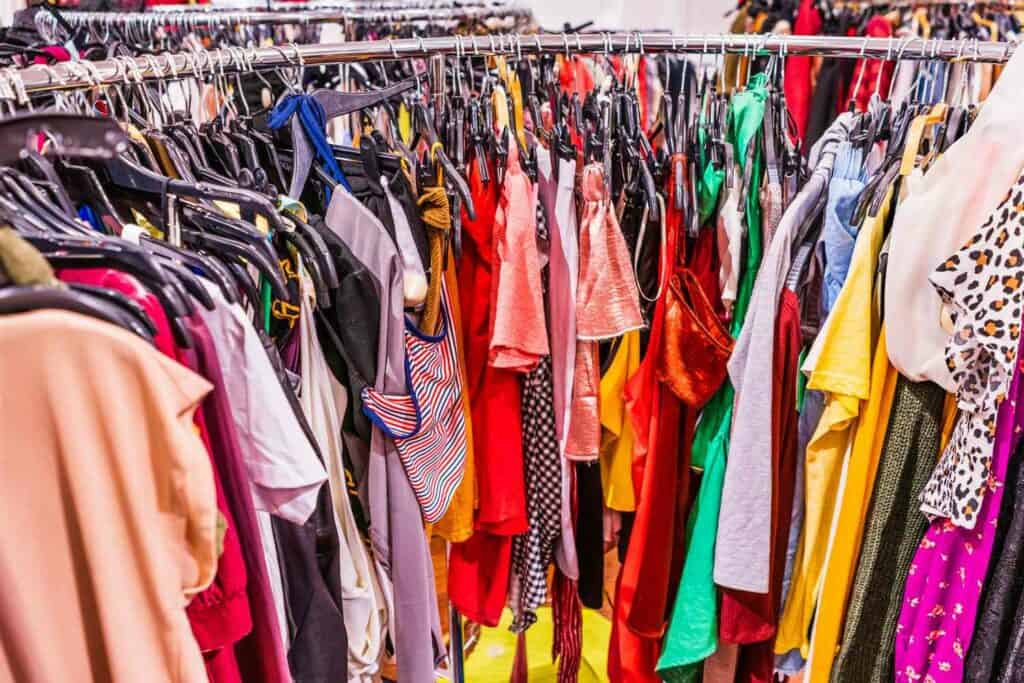
There are many ways fast fashion helped improve the economy. Many business owners try to ride with the craziness of the fashion industry, where customers like to buy clothes as often as possible to follow the trend.
As a result, entrepreneurs produce cheaper clothes to meet the demands and increase sales. Besides, indulging in fast fashion has become popular in recent years.
In the fashion industry business, key players follow the linear business model. The process includes buying fabrics and necessary materials, creating the clothes, and selling them to clients. The raw materials used in fast fashion are not durable. After all, these clothes aren’t designed to last longer.
Let’s talk about the process of making clothing pieces. In most cases, manufacturers and producers of cheap clothes aim to decrease the budget to save cash. In developing countries, it is possible to do this. There were reports that workers make clothes in poor working conditions and they’re not paid well.
The usual process reflects a preference for quantity over quality. Since the purpose is to cater to the instant satisfaction of buyers, the clothes need to be made better. No wonder some products have defects and issues when delivered to the stores.
When it comes to sales and marketing, it is even more enjoyable. They implement clever marketing techniques to increase sales and save on advertising costs.
Many companies sell their fast fashion products by tricking customers into buying as quickly as possible to avoid losing the opportunity to own the item. They do this by putting a small number of pieces on the racks.
Besides, placing the fashion accessories near the counter is a strategy to upsell and entice shoppers to buy more. So how do fast fashion brands contribute to economic progress?
Every year, the fast fashion industry has been growing at a rate of 8%. UW Economics Society, emphasizing the overall impact of fast fashion on the public, shares the report. During the pandemic, there has been a decline in the income reports of fast fashion brands.
However, it is expected to show more rapid growth in 2023. In the past year, people repurchased clothes to participate in activities such as parties, travel, and office work.
Additionally, many companies are already implementing plans to bounce back from slower growth during the pandemic. They’re also intensifying their operations with the help of over 75 million employees worldwide.
Based on the abovementioned reasons, the impact of fast fashion on the economy is enormous. The key stakeholders in the industry alone make up a multi-billion dollar industry.
In retrospect, it provided more jobs to many people around the globe. It also generates more money to pump up the economy.
In sum, fast fashion generates jobs for people. For instance, many fashion designers have closed more deals recently due to the demand for trendier clothes. Another job related to that is as an assistant fashion designer.
Aside from fashion design work, you can also learn fashion illustration. They help fashion designers’ work come to life as quickly as possible. Or you could be a fashion photographer. They work hand in hand with marketing directors to facilitate advertising jobs with models, makeup artists, and more.
In 2025, the fast fashion industry is expected to reach a $39.84 billion income, a massive increase from $30.58 billion in revenue in 2021. Investopedia reported this recent industry study, including the leadership of Zara, H&M, Uniqlo, and more.
Who Benefits From Fast Fashion?
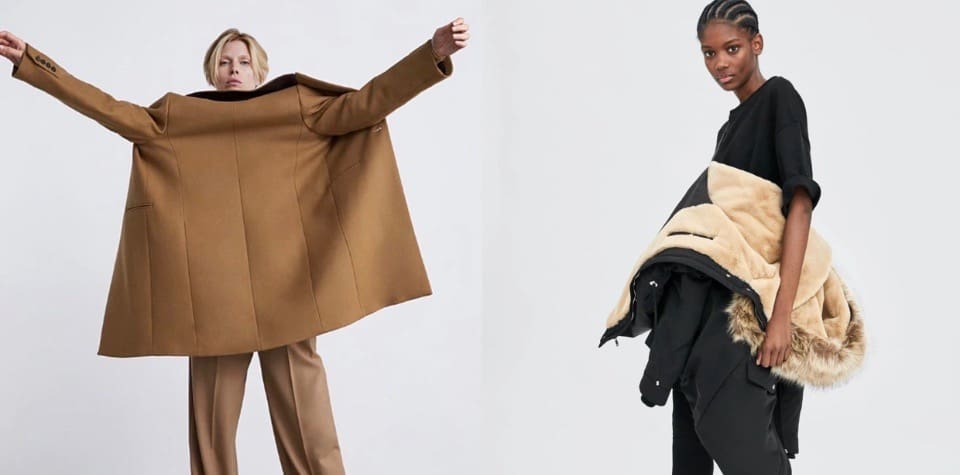
Many people are beneficiaries of the fast fashion industry. Before discussing other related topics, let’s discuss who benefits from the business.
First, customers get the latest style similar to those presented on the runways and worn by models and celebrities. Since many people aspire to look like their favorite entertainers, the availability of affordable, fast-fashion products comes in handy.
Second, workers from different parts of the globe can have more jobs creating cheap clothes. Even though working in a garment factory isn’t glamorous, it is still one way to earn money to support one’s family.
Third, many people can work in fashion-related industries such as fashion design and illustration, fashion photography, modeling, sales, and marketing, including freelance jobs such as online live selling of clothes and as fashion influencers.
Fourth, rich people no longer monopolize the idea of looking good and being well-dressed. Everyone can buy new clothes and dress appropriately at the preferred price. It is also possible to source garments based on your favorite style, fabric, and design without spending too much money.
Fast Fashion Brands To Avoid
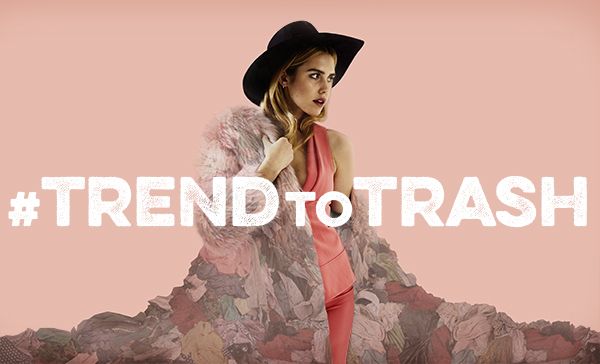
We must understand that humans consume 400% more clothes than 20 years ago. In other words, people have been buying clothes faster than before. It’s even alarming that many individuals don’t wear that many clothing pieces, even if they own a lot.
The emergence of fast fashion happens for a reason. In most cases, the primary purpose is to intensify the earnings of various companies and tremendously lessen their production cost.
Besides, the high volume production of clothing pieces has proven to be profitable, especially for companies that understand the minds of their target market.
However, there are also many reasons to avoid fast fashion brands. The mass production of clothes results in textile waste and other issues that we shouldn’t ignore nowadays.
Before we discuss the fast fashion brands to avoid, let’s tackle how to recognize these companies. We should always be sensitive in our shopping preferences if we care about sustainability.
First, fast fashion brands promote new collections almost every week. They encourage shoppers to follow the trend, too. Besides, they need to be more explicit about their suppliers and manufacturers. It’s also hard to know if they follow the ways to prevent environmental damage.
Apart from that, these companies are also wary about sharing details about sourcing clothes outside the country. Another practice is called greenwashing. It is a technique used by fast fashion brands to trick their buyers into thinking they follow ethical and sustainable means.
One of the companies to avoid is Shein. They produce fast fashion clothing pieces. The Chinese brand used social media to promote its products, such as growing its Instagram account to more than 20 million followers.
Shein needs to be more explicit about their supply chain. The company follows the throw-away culture, displayed by its constantly producing clothing pieces. They don’t share ways to protect the environment while creating a high-volume inventory of clothes.
The next one is Mango, the Spanish fashion brand with stores in 110 countries. The company doesn’t have a list of its suppliers and forgo sharing ways to protect the environment. There are also complaints about the wages they pay their workers.
There were reports that the multinational fast fashion retailer, H&M, failed to pay 850,000 garment factory employers a living wage. Although they started using recycled materials lately, there are still unanswered questions about how they manage their manufacturers and other related business processes.
Boohoo is also one of the fast fashion companies to avoid these days. They need to improve in terms of protecting the environment. Many workers were also paid below the national minimum wage based on reports by a sustainable fashion blog. Besides, they sell low-quality clothes.
Forever 21, the famous clothing brand, is a retailer we shouldn’t support. The main reason for avoiding the company is its failure to disclose its supply chain conditions. They also faced several scandals with plus-size customers receiving diet bars after buying from them.
There are also fast fashion companies that keep their environmental impact high when making clothing pieces, such as Primark, Zara, Missguided, and more.
Sustainable Clothing Brands To Try In 2023
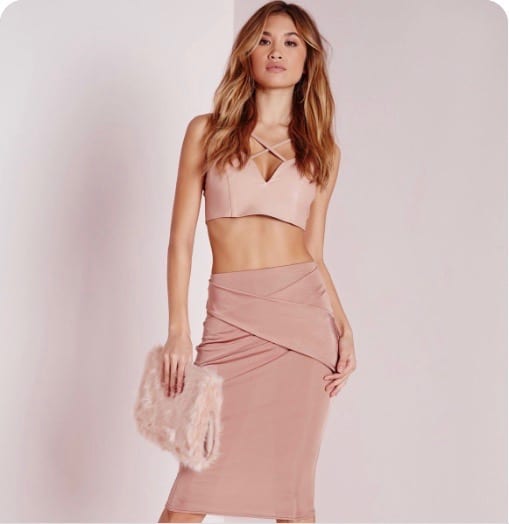
Many people believe fast fashion is one of the primary polluting industries across the globe. It harms our environment, farmers, and producers because of chemicals and waste. No wonder it is essential to support eco-friendly retailers these days.
One of the sustainable brands is For Days. They have been producing affordable tops and hoodies. The company also uses recycled fabrics. Their zero-waste philosophy is also inspiring.
Next, you can opt to shop at Pact. They have affordable, fair trade basics and use eco-friendly packaging. Pact also implements its clothing donation program.
VETTA is another sustainable clothing company. The retailer creates and sells capsule wardrobes. They also produce sustainable and up-cycled textiles. VETTA uses recycled packaging, too.
At present, you can also shop at Eileen Fisher. They have timeless staples and size inclusivity options. Their organic, ethical, and eco-friendly clothing items are remarkable. Besides, each item is designed for simplicity and produced in high quality.
Tentree is an alternative sustainable clothing brand. They’re best for shopping graphic tees, joggers, loungewear, and outerwear. The brand emphasizes its ethical production and environmental initiatives.
If you’re looking for eco-friendly products, you can shop at Boody. They have bamboo underwear and basics. In addition, the company gives back to the community.
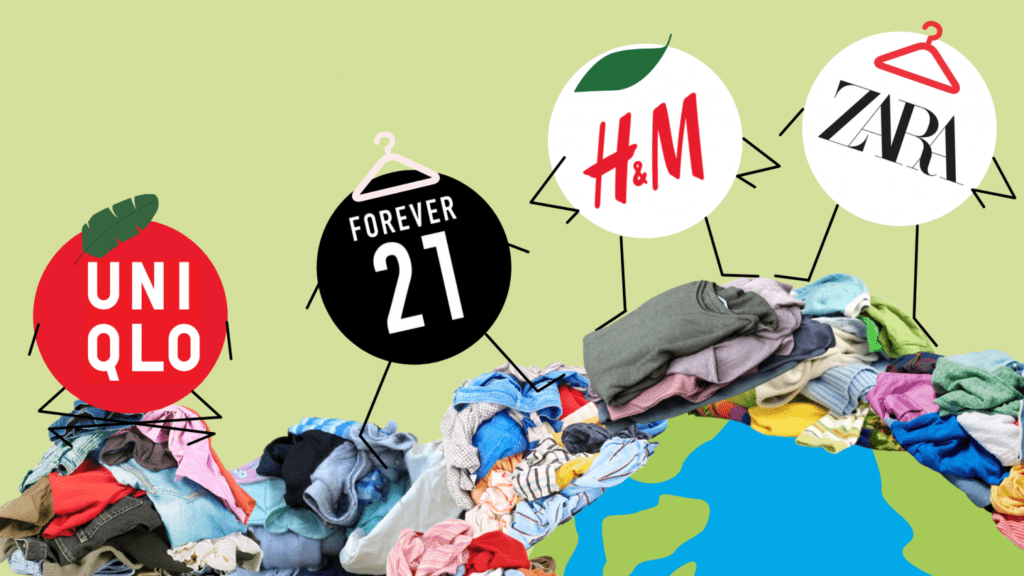
There are various ways to be fashionable and environmentally conscious simultaneously. After knowing all things fast fashion, we must reconsider shopping for clothing pieces from our favorite brands. It’s up to you how to do it, anyway.
